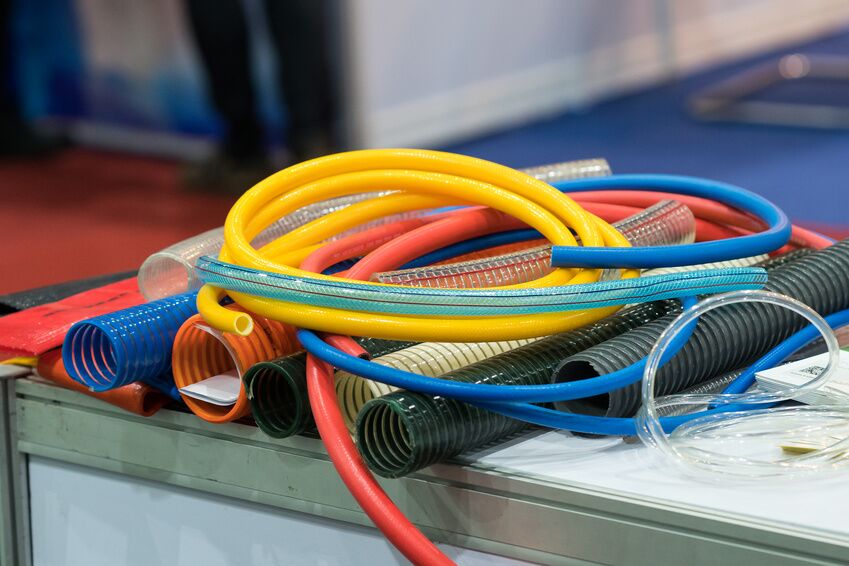 Nobody wants a leak in their compressed air distribution system. Not only is it liable to cause inefficiency and pressure drops, it’s expensive. A hole with a diameter as small as a 1/8 inch in a 100 psi system can cost your business more than $1,200 per year in wasted energy. Yikes. Luckily, leaks are fairly simple to detect and fix if you take the time to do so.
Nobody wants a leak in their compressed air distribution system. Not only is it liable to cause inefficiency and pressure drops, it’s expensive. A hole with a diameter as small as a 1/8 inch in a 100 psi system can cost your business more than $1,200 per year in wasted energy. Yikes. Luckily, leaks are fairly simple to detect and fix if you take the time to do so.
How To Detect Them
A small percentage of extreme leaks create an audible hissing or whooshing noise. Trust your ears; if something sounds "off", look into it.
The most frequent leaks are inaudible to the naked human ear. The most common and generally effective method of detecting these leaks is an ultrasonic leak detection device. It picks up on high-frequency sounds created by turbulence from leaks moving from low to high pressure areas in the compressed air piping. A sensitive piezoelectric crystal element in the ultrasonic detection device reacts to these high pitched sounds. The device can then lead the inspector using the instrument in the direction of the loudest pinpointed part of the sound — typically the source of the leak.
If you have tall equipment to inspect and want to minimize the danger associated with an inspector climbing up to scan for leaks, then using an ultrasonic detection device with parabolic reflectors or elliptical reflectors is a good idea. The reflectors can help enhance the detection of the high-pitched leak at a bigger distance.
Common Fixes For Leaks
- The most common occurrences of leaks are at connections and joints. Check all connections and joints to see if they need replacement or simply to be tightened.
- Occasionally a piece of equipment like a coupling, fitting, pipe section, hose, drain or trap needs to be replaced completely because it simply broke or wore out.
- Another very common cause of leaks is ineffective or improperly placed thread sealant during assembly of the system. There’s not much you can do here besides reassemble the system or try to use better quality materials and construction on your next build.
- Defunct or non-operating equipment that’s not cut off from the system via a valve can be a source of leaks.
- Your demand air pressure may just be too high. Lowering it slightly can lower the rate of leakage.
Be proactive about quick inspections with your ultrasonic detection device and keep your ears open. The faster you can detect leaks, the less drain they’ll cause.
